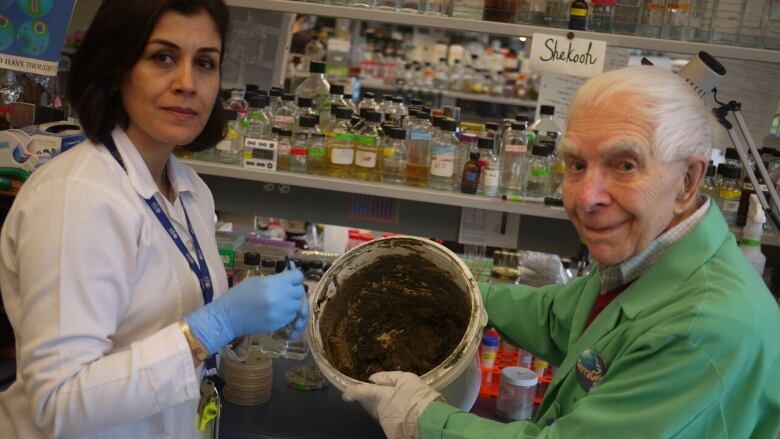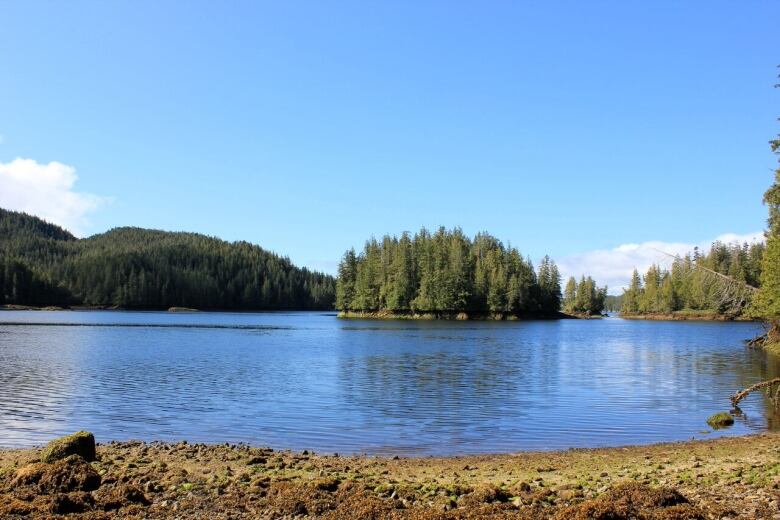First Nation's clay kills antibiotic-resistant bacteria in lab tests
Further study required before hospital use feasible

Clay from Kisameet Bay, B.C., used by B.C. First Nations for centuries for its healing propertiescould be a new weapon in the fight against antibiotic-resistant bacteria, says new research from the University of British Columbia.
The research, published today in the American Society for Microbiology's mBio journal, recommends the rare mineral clay be studied as a treatment for serious infections caused by the so-called ESKAPE pathogens a who's-who of bugs that cause the majority of U.S. hospital infections and "escape" the effects of antibacterial drugs.
"Infections caused by ESKAPE bacteria are essentially untreatable and contribute to increasing mortality in hospitals," said co-author Julian Davies in a written statement.
The acronym ESKAPE comes from the scientific names of the bacteria themselves:
- Enterococcus faecium.
- Staphylococcus aureus (also known as as the methicillin-resistant superbug MRSA).
- Klebsiella pneumoniae.
- Acinetobacter baumannii.
- Pseudomonas aeruginosa.
- Enterobacter species.

Antibiotics overused
The researchers used strains of ESKAPE bacteria from Vancouver General Hospital, St. Paul's Hospital and other sources to test the properties of the clay.
When suspended in water, the clay killed 16 strains of ESKAPE bacteria samples from the hospitals and waste treatment facilities.
"After 50 years of overusing and misusing antibiotics, ancient medicinals and other natural mineral-based agents may provide new weapons in the battle against multidrug-resistant pathogens," Davies wrote.
- Antibiotic resistance threat demands curb on use in animals, Canadian doctors say
- Antibiotic resistance could threaten surgery, chemo patients
- Antibiotic resistance trends pose threat to hospital care, WHO head says
The 400 million kilogram clay deposit is on Heiltsuk First Nation traditional territory near Bella Bella on B.C.'s Central Coast.
UBC says the clay has been used to treat conditions like ulcerative colitis, duodenal ulcer, arthritis, neuritis, phlebitis, skin irritation and burns.
The next stage in clinical evaluation involves detailed clinical studies and toxicity testing.













_(720p).jpg)


 OFFICIAL HD MUSIC VIDEO.jpg)
.jpg)



























































































